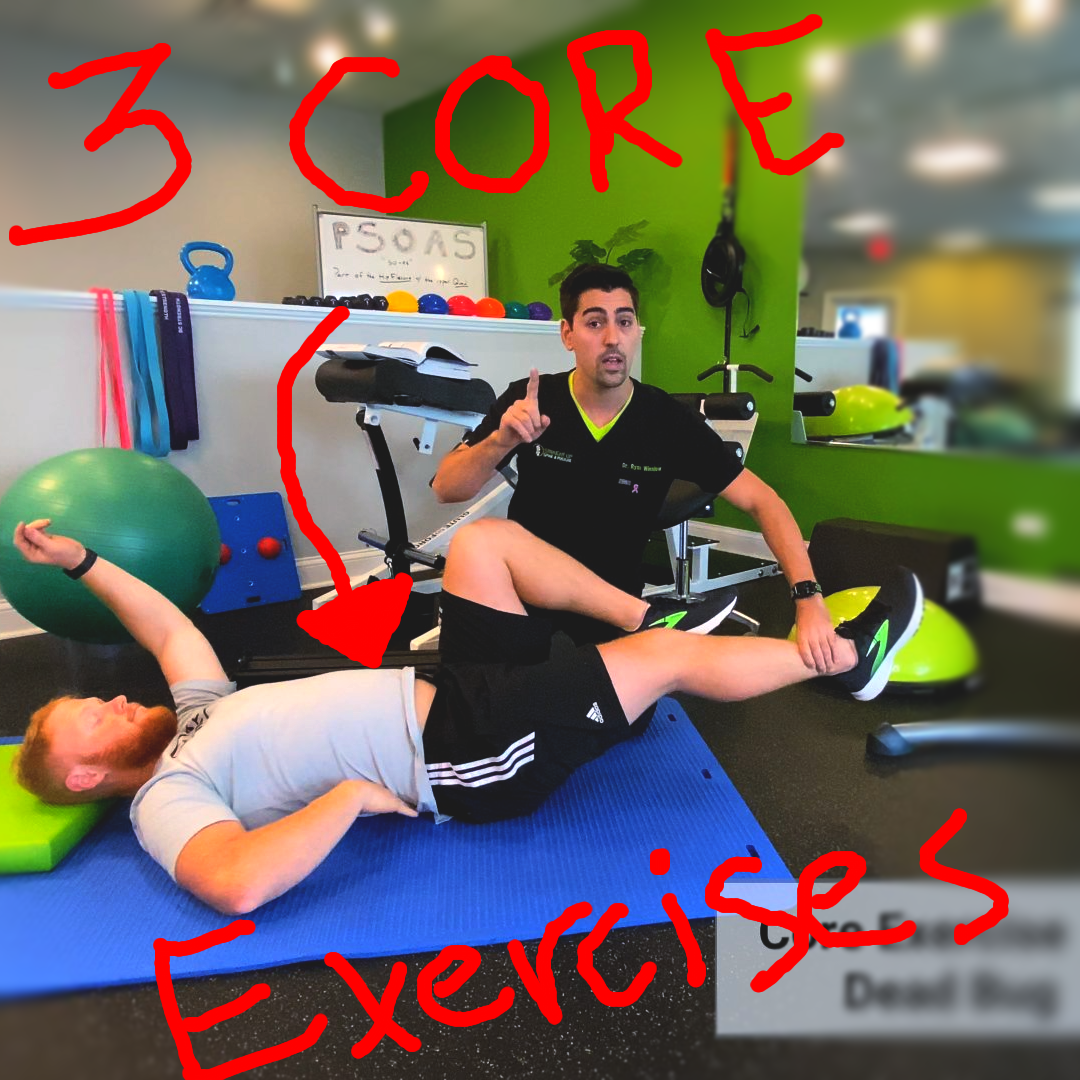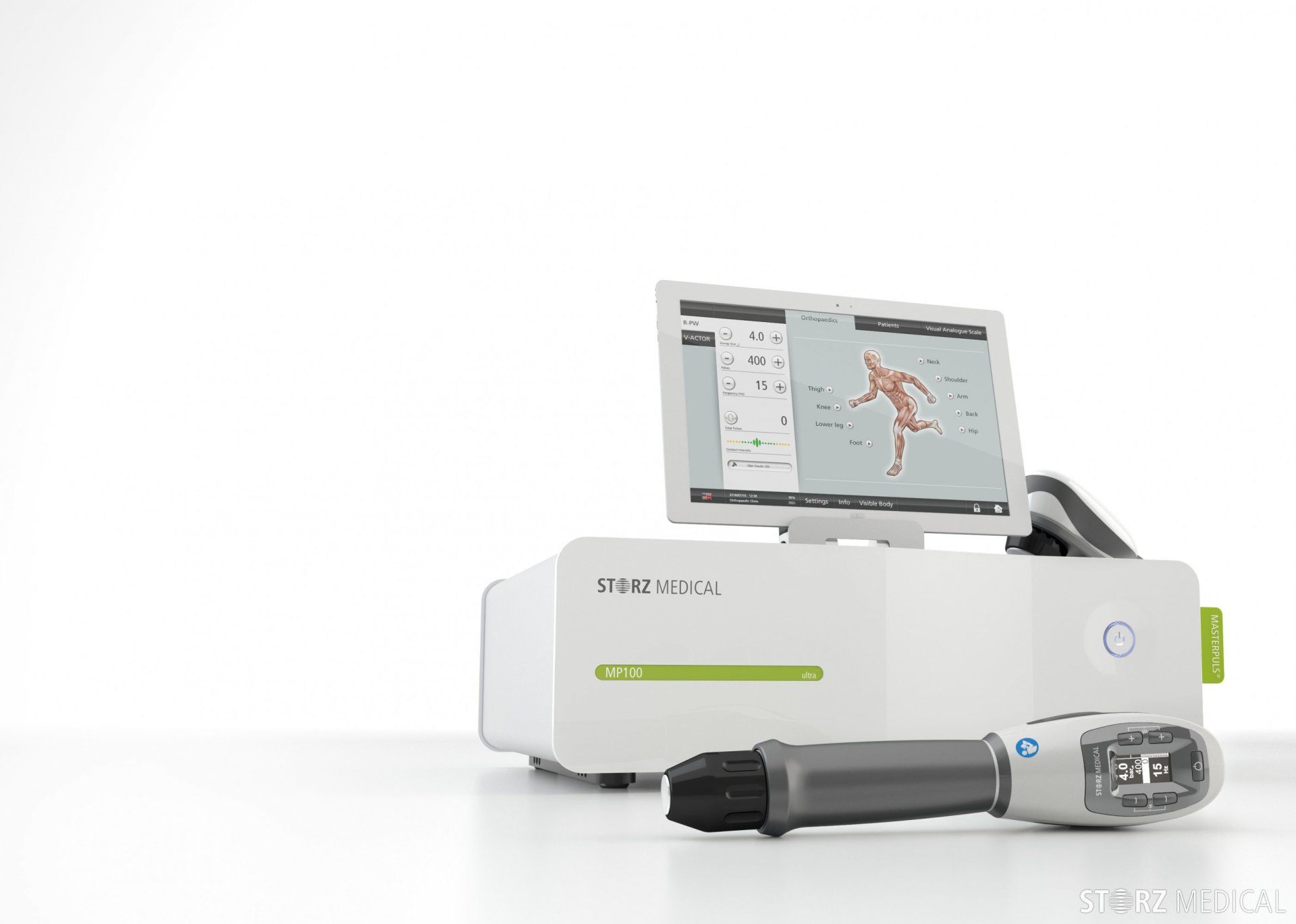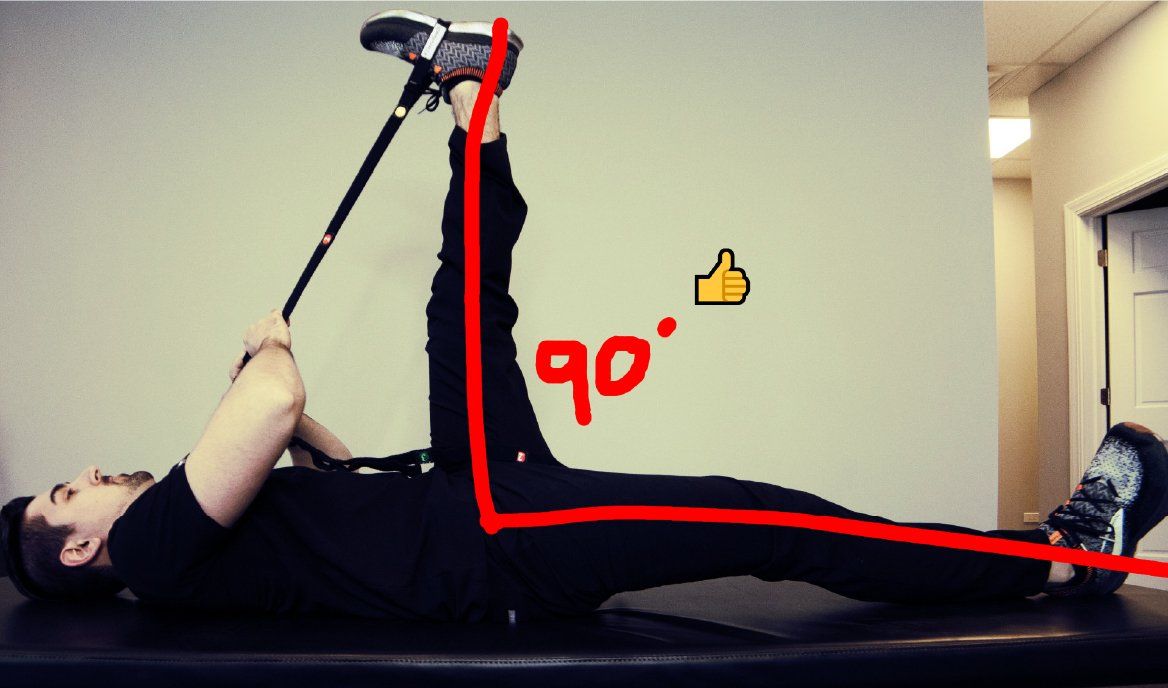What is Chiropractic BioPhysics (CBP),and why should you care?
CBP is more than posture, it is about curvature.
CBP practitioners are essentially experts in using traction to correct the spine.
CBP traction involves bending, and it sometimes utilizes combinations of different pulls to change the shape of the spine. General chiropractors, physical therapists, and medical doctors are unfamiliar with these techniques and do not offer them as treatments. This is why CBP practitioners get substantially different (and better) results.
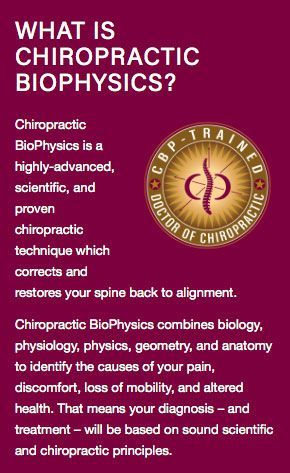
Why use CBP?
The combination of traction, exercise, and adjustments produces measurable changes to the shape of your spine. These changes last, and allow the spine to fully heal. CBP is the only technique proven to do this consistently in peer-reviewed research.
Dr. Ryan Winslow holds an advanced certification in the Chiropractic BioPhysics technique. CBP inspired him as a student to pursue research, and he graduated with Research Honors. His office is fully equipped to to deliver the best the technique has to offer.
Call or email our office to learn if you may be a candidate for this technique. This technique has successfully treated complicated cases like low back pain with radiculopathy, and neck pain with migraine headaches. At the date of writing this, Dr. Ryan Winslow is the only Advanced CBP certified practitioner in Gurnee and the surrounding area.
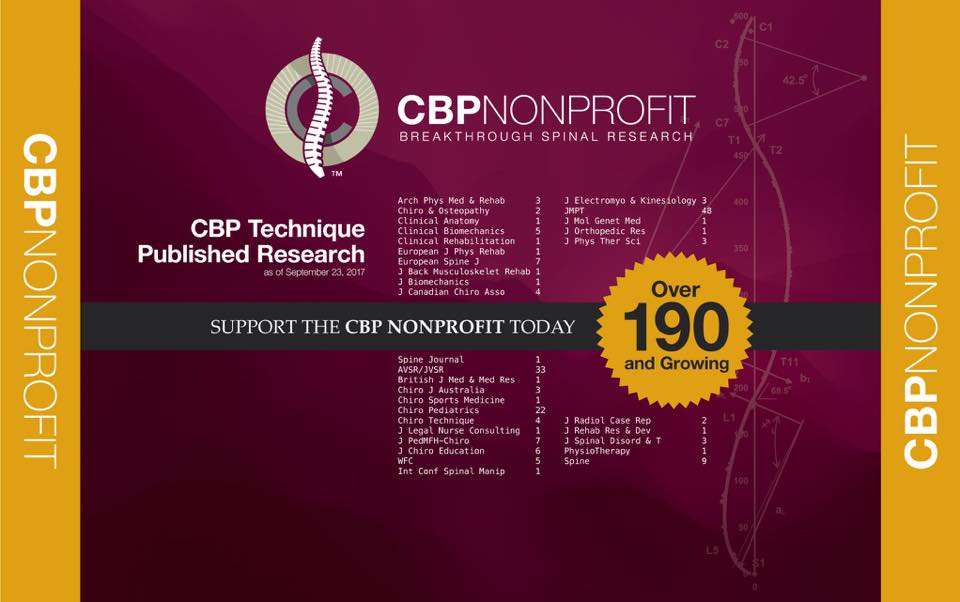
-
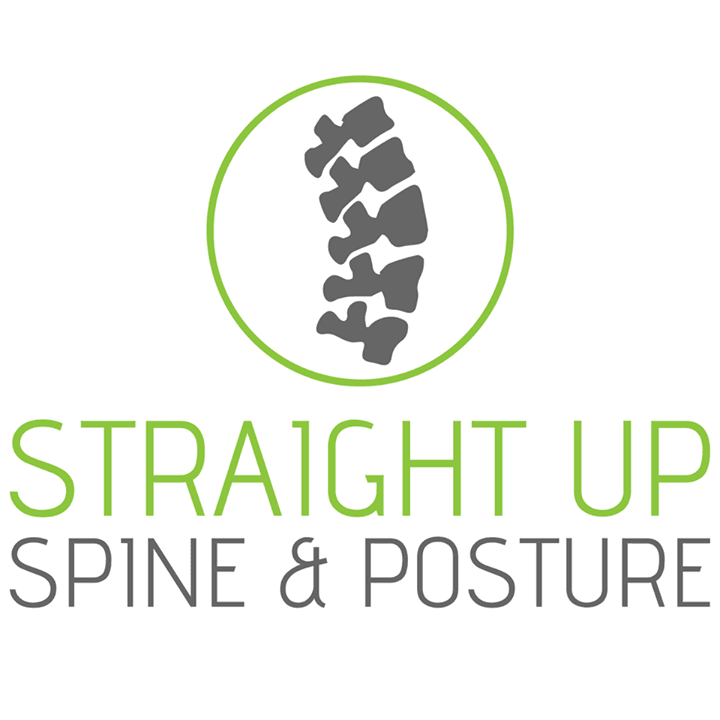
Neck Pain
I started seeing Dr. Ryan for horrible neck pain and I am happy to say I currently have no neck pain! Dr. Ryan uses the latest equipment for moving the spine into it's proper alignment. He is very attentive and explains everything. He is very professional and educated. I highly recommend Dr Ryan!
Read Full Review -

Disc Pain
Dr. Winslow is the most educated chiropractor I have been to. Not only is he professional, but he also explains everything with such great detail and makes sure it's easy for all to understand. His equipment is state of the art and it does wonders. I've been suffering with a bulging disk in my L5 for 10+ years and with the use of his decompression machine, we have successfully reduced my pain. Highly recommend!
Read Google Reviews -

Rapid Results
Excellent service. Very thorough. Neck pain has decreased after only 1 visit. Cutting edge treatment and info.
Read Google Reviews 
Measurable Correction
I worked my way up on traction for a few months. Within 2 weeks, my pain diminished massively. Within two months, I was in no pain and no longer restricted during activity. When I started, I had a reversed curve of the cervical spine and was in constant pain. By the end of my treatments with Dr. Ryan, I no longer had a reversal of the cervical spine; in fact, it was on the way to having a 42 degree curve like it should. I was no longer in pain either. Months later, I went to get re x-rayed and they found that the my results had improved even further (with the help of at home treatments).
Read Full Review-

State-Of-The-Art
Dr. Ryan Winslow is a highly intelligent Chiropractor who cares about your long term health and relief! He is using some of the newest state-of-the-art techniques and equipment to not only reduce your pain, but help your spine age well! I know he is always reading and looking for new ways to care for his patients. You'll be in good hands with Dr. Ryan!
Read Facebook Reviews
Recent (Real) Blog Posts
Mon-Thurs: 8-11:30 & 1-6
Fri: 8-12
Sat & Sun: Closed
Straight Up Spine & Posture is a Gurnee chiropractic clinic owned by chiropractor Ryan Winslow, providing chiropractic services and shockwave therapy to Gurnee, Libertyville, Grayslake, and northern Lake County. Find us online.
Straight Up Spine and Posture 6021 Washington St., Unit B Gurnee, IL 60031 Directions P: (224) 656-5778 F: (847)-577-4078
